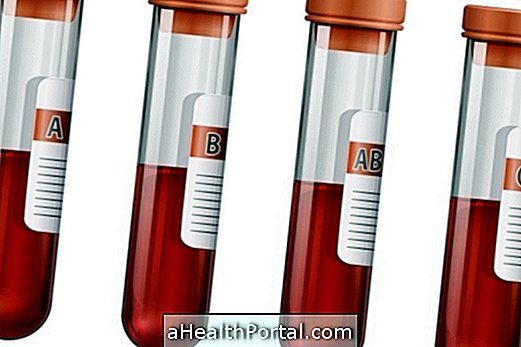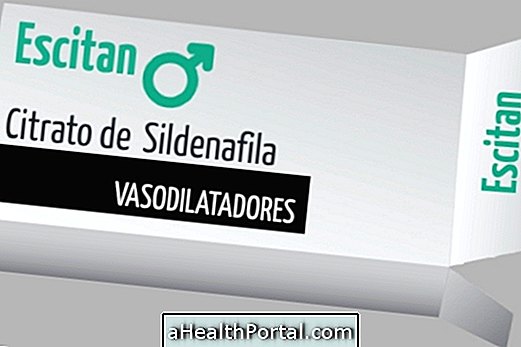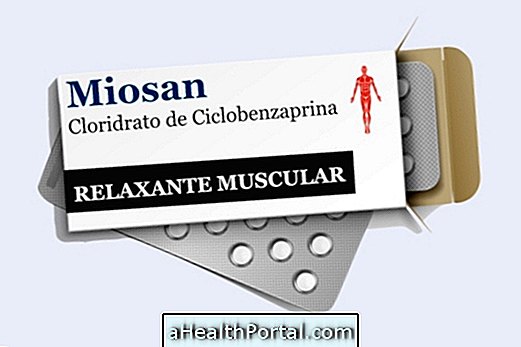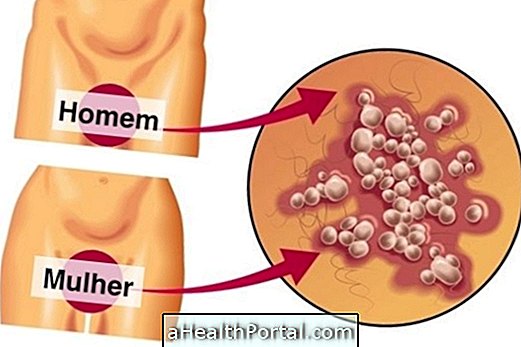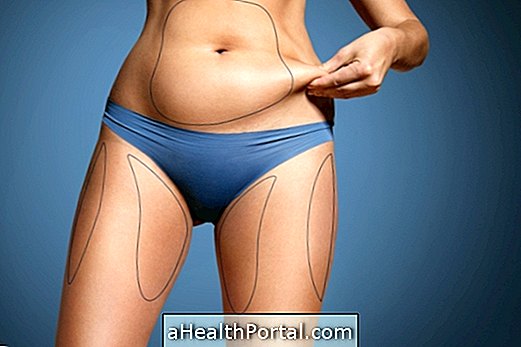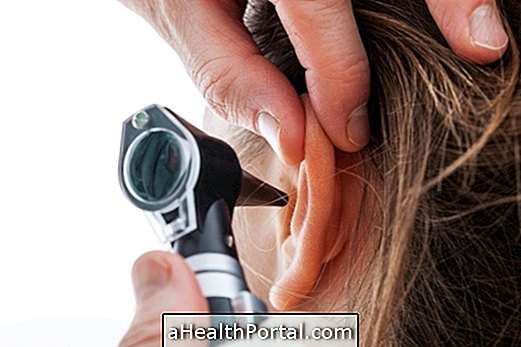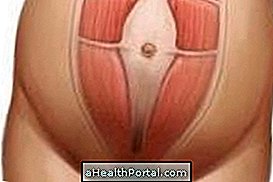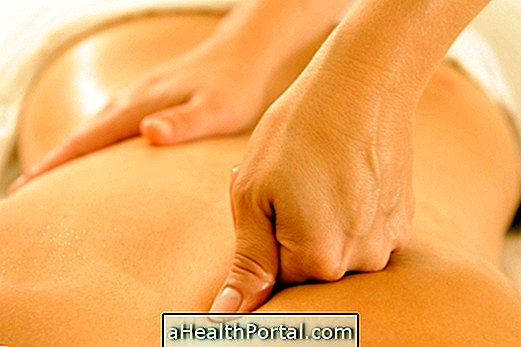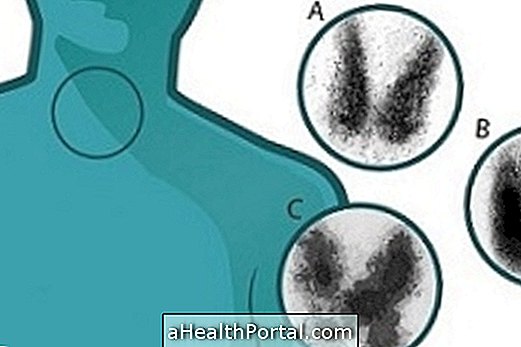Surgery for abdominal diastasis can be performed after the woman decides she will not become pregnant again.
The plastic surgeon will sew the abdominal muscles using a special line that will not break or deteriorate. Usually this procedure is performed along with a liposuction or abdominoplasty, in addition to removing excess skin from the belly.
Abdominal diastasis is the removal of the abdominal muscles that leaves the belly flaccid, with excess skin, accumulation of fat and by pressing the fingers against the abdominal wall, one can feel a 'hole in the belly'. Learn the exercises that can prevent this plastic surgery.

How is recovery from this plastic surgery?
Recovery from surgery to correct abdominal diastasis is time-consuming and requires some care to avoid infection, for example.
What it feels like:
After waking up from surgery many women complain because they feel their muscles too tight, but this tends to improve in 6 to 8 weeks as the body begins to get used to the new abdominal space.
It is normal that the sensitivity is reduced, especially in the scar sites, but this tends to improve with the passage of the months, and generally in 1 year, there has been a great improvement.
The person wakes up a few hours later and should wear a bandage for 3 weeks. After the second or third day of surgery, the person may return home, where he or she should follow some care to recover completely.
Daily Care:
It is advised to have a Lymphatic Drainage session per day for the first 15 days to remove excess fluids and avoid the risk of creating seroma, which is the collection of fluid at the scar site, which can only be removed with a syringe puncture, for example, being very uncomfortable.
Know the benefits of lymphatic drainage
Exercising and lifting heavy objects with more than 10% of your own body weight should only be done after 6 weeks of surgery. This means that you most likely will not be able to hold your child in your lap and so may need extra help with household chores and day care with the child.
For a better recovery, the ideal is that even the people who work seated, take 1 or 2 weeks of vacations to do the surgery.
How to feed:
It is best to eat high-fiber foods to avoid constipation, and you should drink about 2 liters of water or unsweetened tea every day to soften the stools. Fruits and vegetables are welcome, but avoid fried or high fat foods. The proteins present in the egg and white meats help accelerate healing and can be consumed once a day. See what else to eat to improve healing:

How to take a shower:
It is only allowed to shower in 7 to 8 days after surgery, so before that the bath should only be performed sitting in the shower with another person to help. It is important not to bend the body forward and therefore you should not walk too much, being ideal to remain lying with the belly facing up, without letting any folding in the belly, because if this happens, the abdomen can be marked, being necessary a correction of the surgery.
Warning signs to go to the doctor
After 7 days you should go back to the doctor who did the operation so that it evaluates how the recovery is. If necessary, dressings may be changed on this date, but it is advisable to go to the doctor or the emergency room if you have signs and symptoms such as:
- Fever;
- Leaking blood or liquid in the dressing;
- Drain output;
- Difficulty breathing;
- Bad smell on the scar.
These signs may indicate that an infection is forming and a specialist assessment is required.





